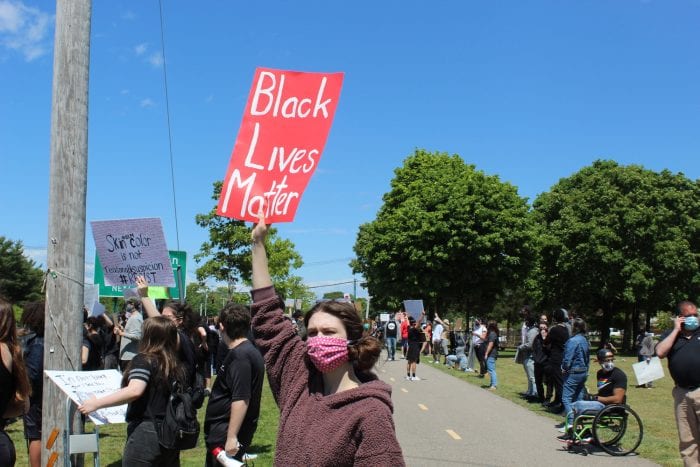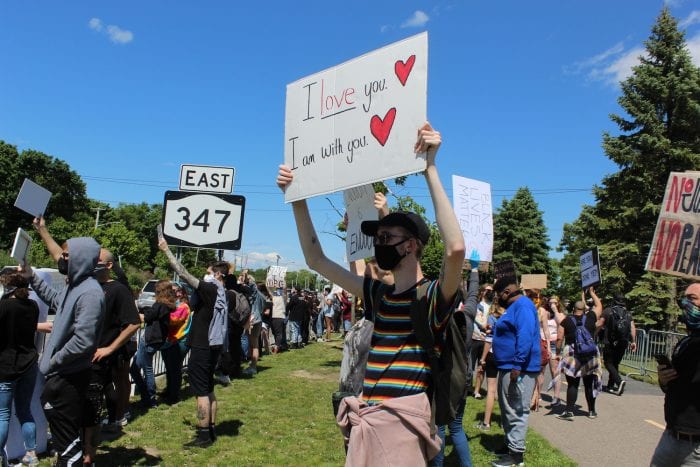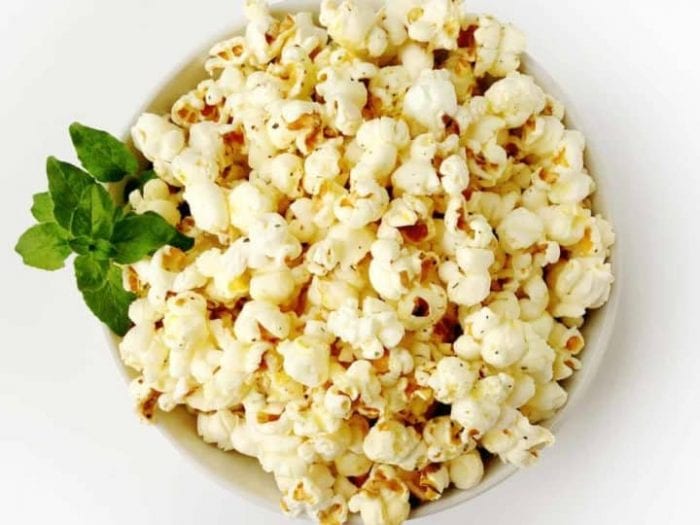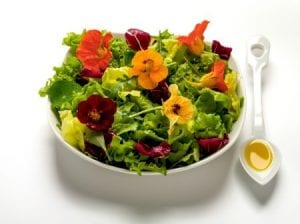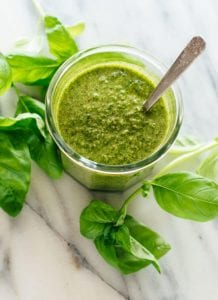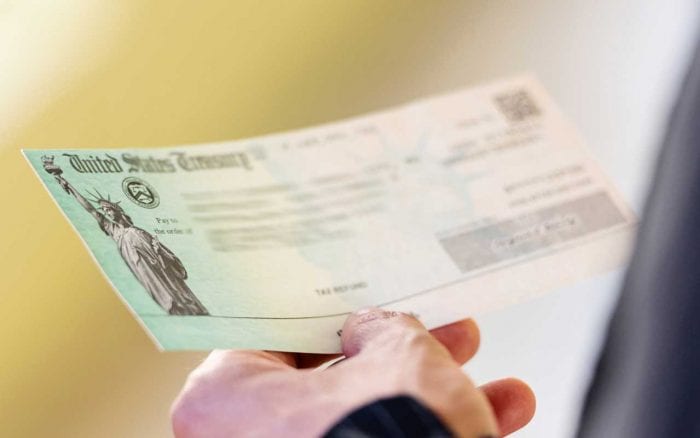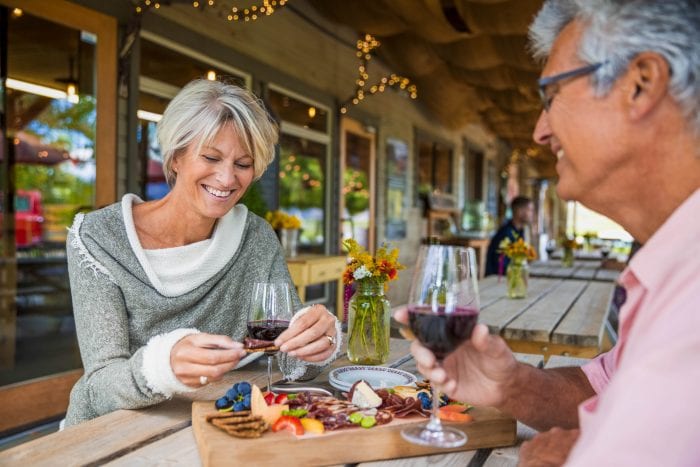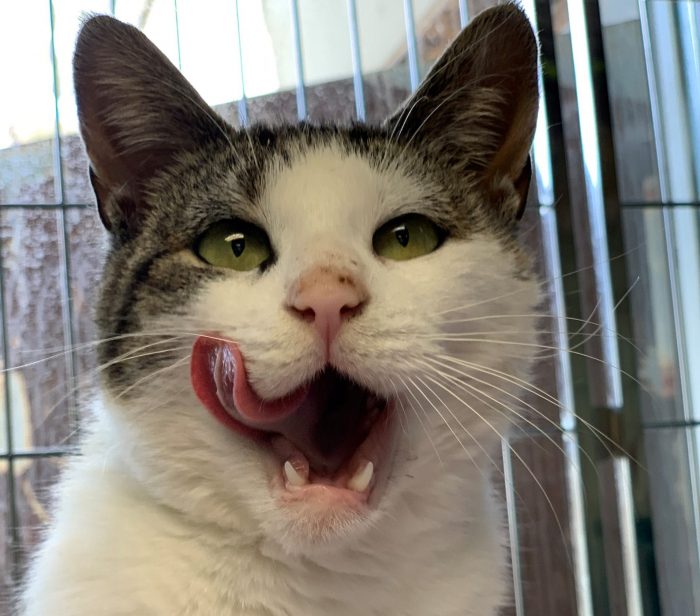By Fr. Francis Pizzarelli

A new day and a new way! The world as we know it is changed forever. Hopefully, as we slowly begin to embrace the new normal life, lessons learned will not be lost in the fragmented world.
Education on every level has changed. Time will tell if it’s for the better. Families have reclaimed and/or rediscovered the value of family life and being together. A new appreciation for the sacredness of life has emerged.
People seem to value human connecting on a whole different level, valuing intimacy over superficiality. Gratitude is much more present in big and small ways. People say thank you and express appreciation for the simple things people seem to take for granted.
This year our seniors will graduate from our high schools. Their graduation will be like no other. All the social trappings and traditions will be missing, but still we will profoundly celebrate their academic achievements. They will lead us tomorrow and hopefully change the world for the better.
During this pandemic, they have demonstrated heroic acts of kindness and compassion. They have done simple things that have made a profound difference in our community.
Seniors, as you graduate, continue to show compassion and understanding rooted in social justice. It is more important than any science formula or social platform. Remember the sunshine when the storm seems unending; teach love to those who only know hate; let that love embrace you as you continue in the world. It is the content and quality of your character that is important not merely the actions you take.
Don’t judge a book by its cover or stop at the introduction. Read it through, seeking meaning and value; everyone’s life is sacred; even those who are different from you or whom you do not like. Be more inclusive than exclusive. Don’t be blinded by those who tend to use shame, blame, and guilt to shackle people down and divide them. Set people free with your respect and nonjudgmental way.
Seniors, as you take leave, may your moral compass be grounded in integrity and respect for all human beings, no matter what their color, their race, their creed and/or their sexual orientation. May your moral compass guide you on a path that is committed to working for peace and social justice. As Gandhi once said, “be the change you hope for this world.”
Congratulations graduating class of 2020. Thanks for making our world a little richer, a little brighter and a little bit more hopeful place to be!
Fr. Pizzarelli, SMM, LCSW-R, ACSW, DCSW, is the director of Hope House Ministries in Port Jefferson.



